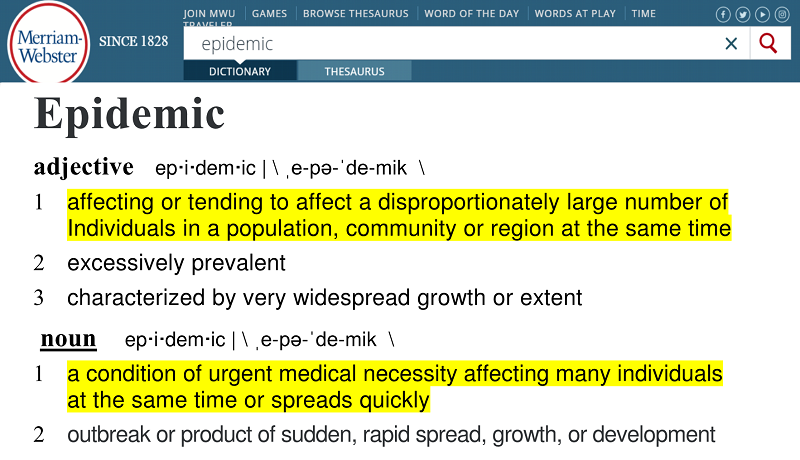① stop it at all costs,
② slow it down but let it run its course until immunity makes it stabilizable.
•1/32
① is → implement severe lockdown until epidemic has disappeared from the Earth;
② is → lockdown just so as to decrease R to ~1, not much more.
•33/(32+1)








